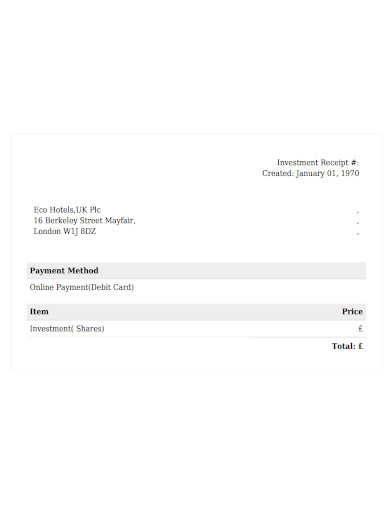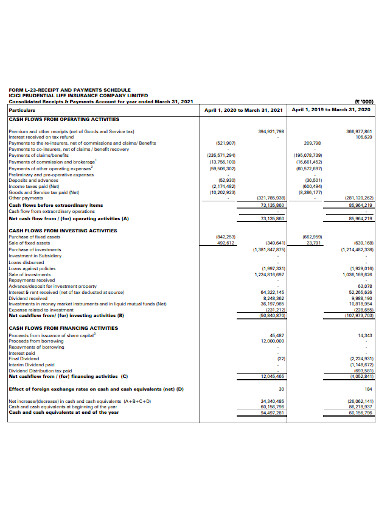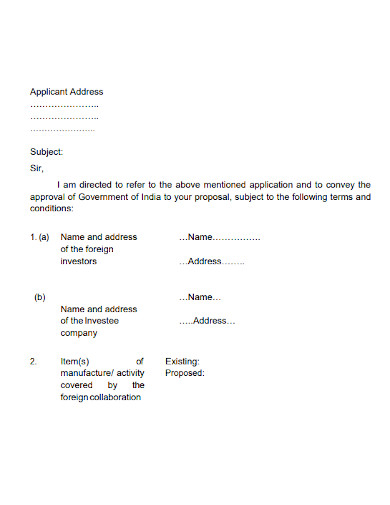Taxes must be paid either quarterly or annually by businesses, and the businesses are required to keep receipts for proper record-keeping purposes. In today’s modern world, receipts are almost always stored digitally, and the use of paper receipts is reserved for situations in which the customer does not provide an electronic option, such as an e-mail address. As evidence that they have been paid, customers are entitled to receive receipts. Receipts have a wide range of applications beyond just serving as evidence of ownership, including the following: For example, a customer needs to present their receipt in order to exchange or return an item to a store, while other stores require receipts for product warranties, and these receipts typically need to be issued within a certain amount of time after the product was purchased. Because the Internal Revenue Service requires evidence of certain expenses, receipts are also useful for tax purposes.
A receipt is a piece of written evidence that demonstrates the exchange of a valuable item from one party to another. Receipts can be issued in business-to-business transactions as well as stock market transactions. These are in addition to the receipts that are issued by retailers and service providers. For example, when the term of a futures contract comes to an end, the holder of the contract is typically provided with a delivery instrument that acts as a receipt and can be traded in for the underlying asset.
3+ Investment Receipt Samples
1. Investment Receipt Template

2. Investment Receipt in PDF
3. Investment Payment Receipt
4. Applicant Investment Receipt
How To Write an Investment Receipt?
- An investment receipt can be issued with this paperwork
By using the paperwork on this website, you will be able to keep track of the money that you have received from your client. To get started, decide whether you want to create this document with the necessary information using a word processing tool (like Microsoft Word) or a PDF editor. Both of these options are available to you. If you want to add information to this document or simply print it from your browser, click the “PDF” button or link; if you want a word processing file instead, click “Word” or “ODT.” Once you have saved this document, you will be able to open it and either print it or enter information directly on the screen. - The receipt header is expected to detail the payee
The first few lines of this receipt are left blank so that the company’s identity, location, and contact information can be recorded there. Complete the Payee’s name in its entirety on the line that is labeled “Company Name.” In addition to these fundamental pieces of information, you must also write down the Payee’s telephone number (s). In this field, you will need to provide the correct information for both the “Phone” and “Fax” numbers of the Payee. - Present the details that must be recorded
The “Date” that it was issued is going to be one of the first things that are going to be used to identify this document. This information is given an appropriate label, and it is placed in the first space designated for it, which is located beneath the Payee’s details. It is imperative that you create a one-of-a-kind transaction number for this receipt and enter it in the “Receipt #” field. - Document the customer with the concerned payment history
The payment information can be documented in a table in the middle of this receipt. This page’s middle has a four-column table. First column: Business Client quantities. This information goes with the order’s “Description.” Next, define the “Unit Price” of the business products on this receipt. One item, unit, or service costs this. Multiply the amount by the “Unit Price” in the “Total” box. Below the table are blank lines to summarize the financial data. Write the subtotal after adding the “Total” column values. Taxes must be considered. Enter the “Tax Rate” on the next line. Multiply “Tax Rate” by “Subtotal” and write the result on “Tax” After “Subtotal” and “Tax,” report “Total Amount Due.” “Customer/Client Information” requests additional payment info. Payer’s ID must be attached to this section’s blank “Name” line. Details must match the payment method (if applicable). “Street Address” and “City, State, Zip” should contain the Payer’s credit card or bank address. Add the Payer’s phone number and email address if available. “Payment Method” checkboxes appear across from the Payer’s information. - Only the payee can execute this document
The “Authorized Signature” line needs to have the signature of the person in charge of reporting the information above in order to verify that the information is accurate. The last line, which reads “Title,” was added so that the position held by the Signature Party within the corporate entity could be made clear.
FAQs
What are the types of business receipts?
- Cash register tapes, deposit information (cash and credit sales), receipt books, invoices, and 1099-MISC forms are examples of gross receipts.
- Purchase receipts and raw material receipts (These should demonstrate the amount paid and confirm that the purchases were essential business purchases; papers could include canceled checks or other documentation that identify the payee, amount, and evidence of payment/electronic fund transfers.)
- Tape receipts from the cash register
- Receipts and statements from credit cards
- Invoices
- Petty cash slips are used for modest monetary transactions.
What is a business receipt template?
A receipt template for a business is a document that is used to acknowledge payment for a product or service provided by a company. A business receipt, in contrast to an invoice, which is delivered to customers and clients as a “demand for payment,” is only issued once the transaction that it refers to has been successfully concluded. When returning or getting a refund for an item, the majority of businesses require a receipt first. It is possible that a receipt will be required to validate the validity of the purchase for purposes related to taxes.
A receipt is a document that serves as proof of a financial transaction, such as the purchase of goods or services, the donation of items, the deposit of funds to secure a lease or the withdrawal of petty cash from a business fund. Examples of these types of transactions include the purchase of goods or services, the donation of items, or the purchase of goods or services. Customers, businesses, and other types of organizations all need receipts in order to properly keep track of their financial dealings. Receipts are an essential document for record-keeping. During tax season, when individuals may need receipts to claim deductions and businesses may need receipts to support an audit, this is of utmost importance.
Related Posts
Sample House Rent Receipt Templates
Honorarium Receipt Samples
Payment Receipt Acknowledgment
FREE 7+ Doctor Receipt Templates in PDF | MS Word
FREE 12+ Dry Cleaning Receipt Samples & Templates in PDF | Excel
FREE 6+ Parking Receipt Samples in PDF | MS Word
FREE 8+ Car Payment Receipts in MS Word | PDF
FREE 8+ Loan Receipt Templates Examples In MS Word | PDF
FREE 16+ Printable Hotel Receipt Templates in PDF | MS Word
FREE 6+ Sample rent receipt form in MS Word | PDF
FREE 10+ Sample Receipt Voucher Templates in PDF | MS Word
FREE 10+ Fee Receipt Samples in PDF | MS Word | Google Docs | Excel | Apple Numbers | Apple Pages
FREE 7+ Vehicle Sales Receipt Samples in MS Word | PDF
FREE How to Create a Car Rental Receipt [9+ Samples]
FREE 10+ Receipt Book Samples in PDF



